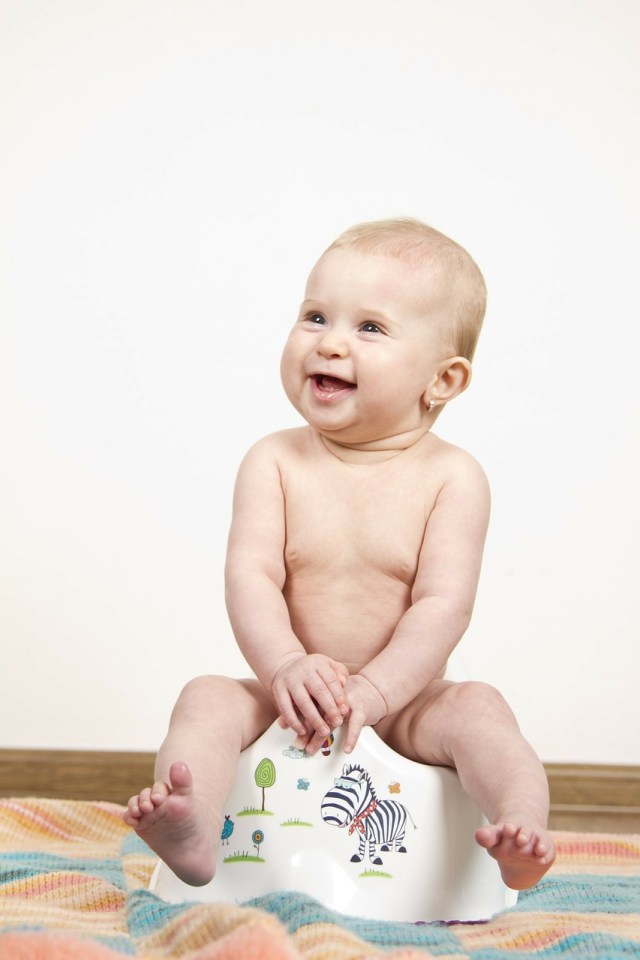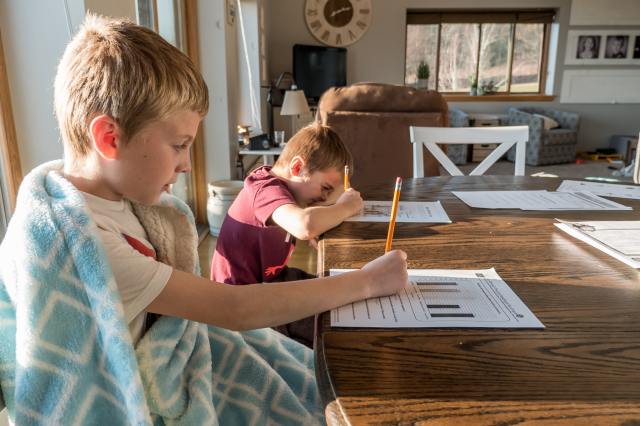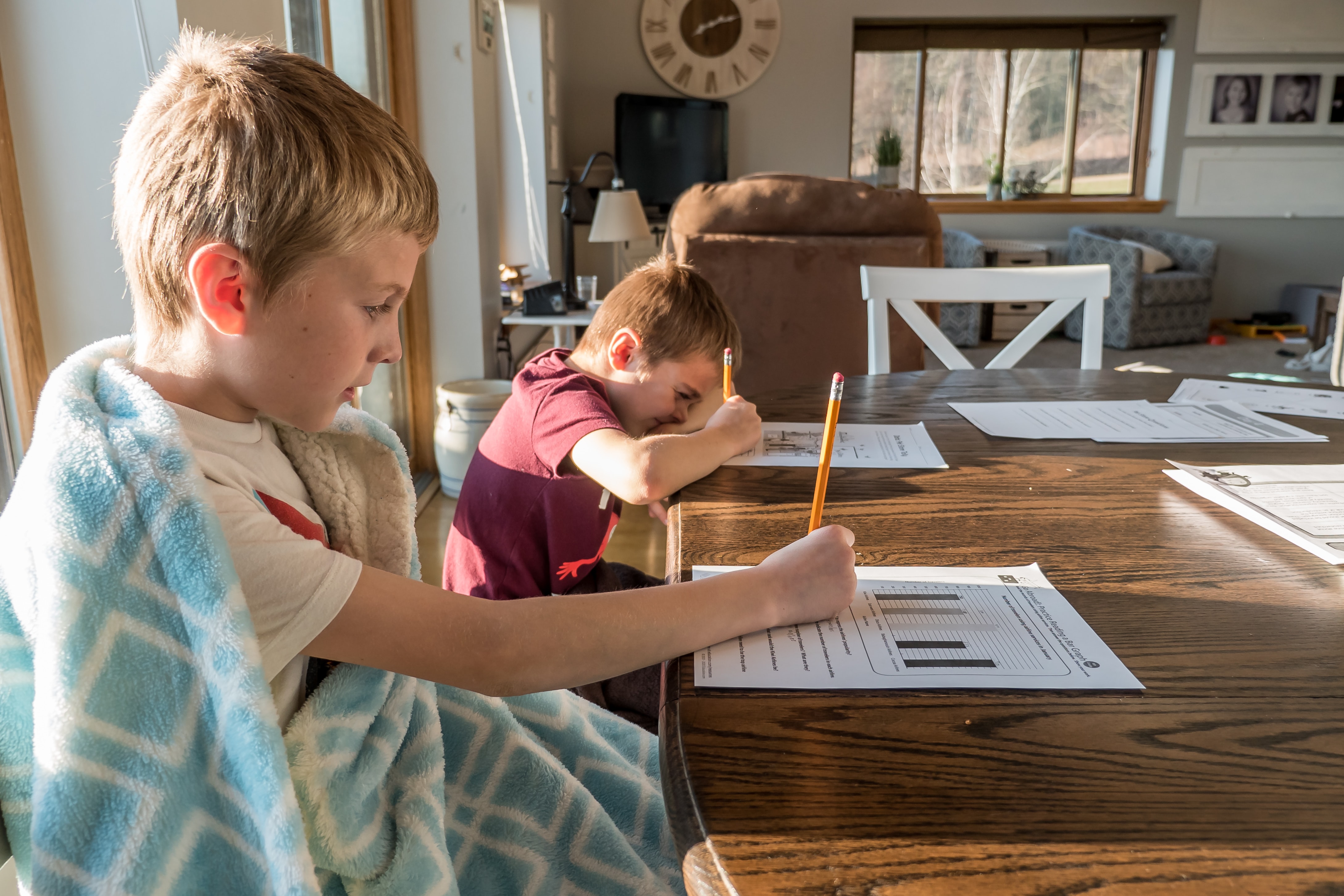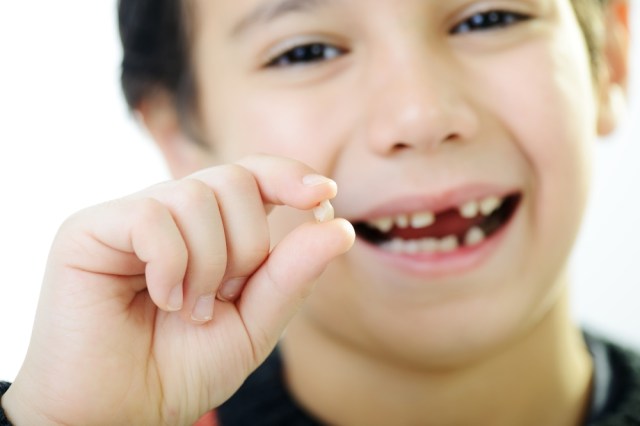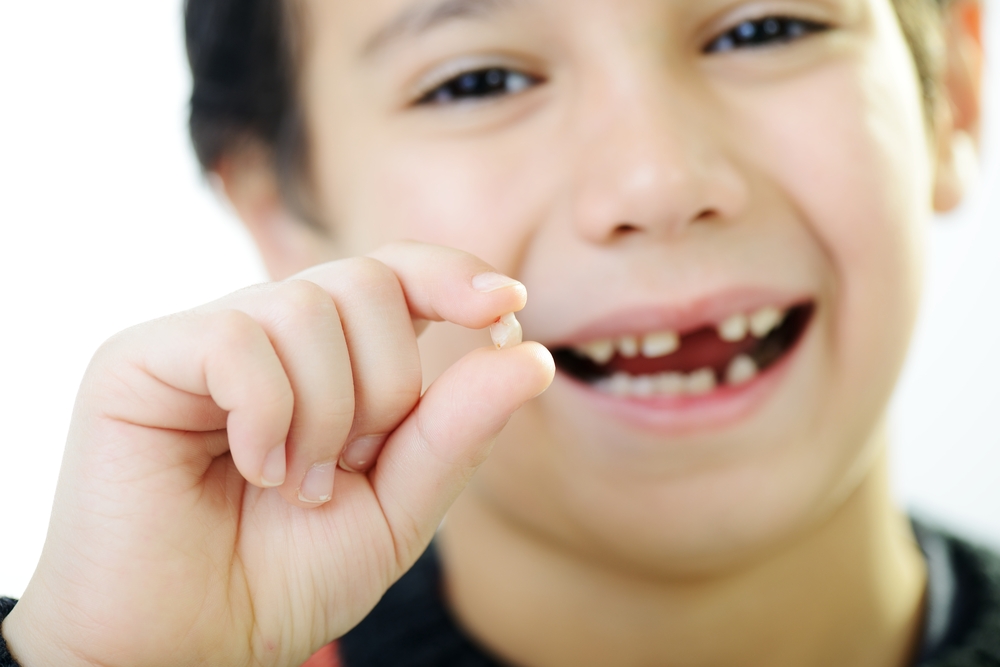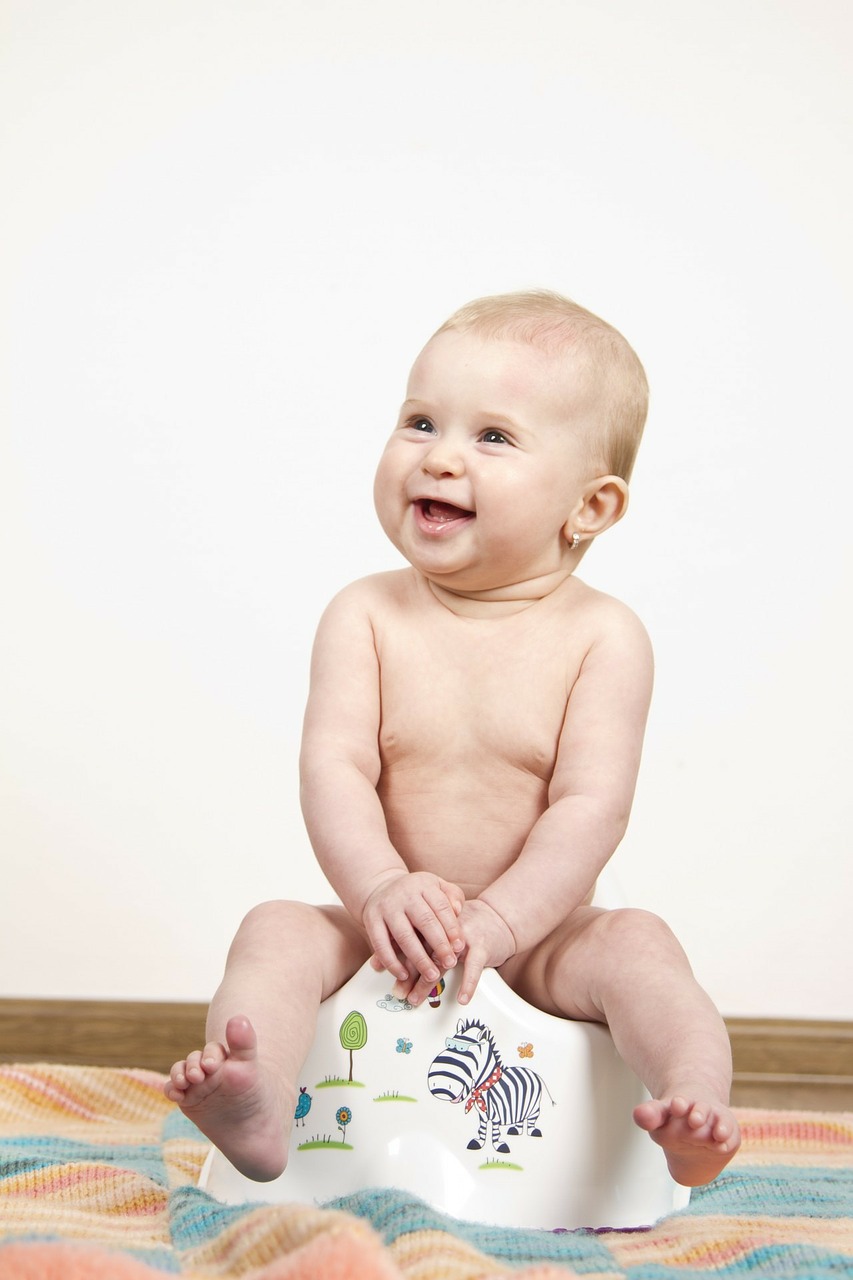
Let us face it no-one wants to talk about poop, poo, number two’s, or whatever you call it.
But it seems from the moment your baby is born, and for years to come, you find yourself talking about poop.
When They Are Babies:
- What is normal?
- How often should they poop?
- What should it look like, smell like, etc.?
When They Start Potty Training:
- Why won’t they poop in the potty?
- When do they stop pooping at night?
- Why did my child poop on the floor?
And heads up— the poop discussions do not come to an end even when they eventually start using the toilet and wiping their own bums.
- Did you poop today?
- Did you wipe your bum properly?
- Did you wash your hands?
It never seems to end, okay it must end at some point, but we have not reached that stage yet.
On the plus side, at least you are not physically pooped on anymore. If you have not been pooped on as a parent, you have not yet fully experienced all the joys associated with parenthood. Like the time my son pooped all over my husband whilst we were enjoying a beautiful day out. And to make matters worse, my husband did not have a change of clothes (that was pleasant). The time my son slept with his own poop all up his back because his nappy had come loose (of course we did not know he was asleep in his own poop). And the famous “it just fell out” poop on the floor story—okay maybe not famous but it is well renowned in our house.
But enough about poop.
Parents of babies and young children all around the world look forward to the day that their child is entirely toilet trained.
However, to attain this higher goal, you must go through the dreaded potty-training stage.
Now I am going to put something out there that may be controversial. Potty training your child in three days or less is a myth.
It sounds impressive; it sounds simply fantastic. The idea that you can take a potty and a two-year-old child and in three short days you can magically fully potty train them, well I say it cannot be done.
I said this might be controversial so let me explain.
I admit some children are easier to potty train than others. We have all been given potty training tips, heard the potty-training stories of boys vs girls and the complexities and challenges of potty training each gender. But I tell you what I have never heard—not from a single friend, colleague, family member, friend of a friend, friend of a colleague—okay you get the picture, but I have never heard any tales of these mythical children that are fully potty trained in three days.
In preparation for potty training my son, I dutifully did all the online research, and in doing so, I came across “How to potty train your child in three days.”
The method was
- Choose a weekend or time during the week where you could do commit to doing three consecutive days—check,
- Choose warmer summer days—check,
- Buy the potty——check,
AND
- This is where it all unravelled—leave his nappy off during the day (no nappy, no underwear – just a bare bottom) for the full three days.
The theory being that if they pee or poop on themselves (which makes a change from the pee and poop being on you) and they can see and feel it happening then they will be more inclined to use the potty.
The theory sounds good right—which is why I decided to give it a shot. But this did not work for my son. Peeping all over himself just got him completely upset, and I could see I was doing more harm than good.
It was not that he would not sit on the potty. Before I started with the official potty-training, I had got him involved in the process. We decorated his potty together in his favorite Thomas, the Tank Engine stickers. I would sit him on the potty in the bathroom and read a book, to get him comfortable about being on the potty. So, he was completely comfortable sitting on the potty he just did not like the pee running all down his leg, and who can blame him?
Time for Plan B.
This time I tried recommended method number two. This method involved taking my son to the potty at regular intervals (requires a lot of commitment), and based on the law of averages; he would eventually do something in the potty. Once he successfully pooped or did a pee in the potty, then we gave encouragement and praise. We also had a little rewards chart where we placed a sticker for every successful potty incident. After 10 stickers he got to choose a new train (one learning we made was this extravagant reward system quickly became expensive).
This method worked a lot better for my son, he found this less stressful, and he was potty trained at around 18 months.
But was it in three days—not a chance?
Even after he was ‘potty trained’ we still had accidents remember the poop that ‘just fell out’ well this was after he was already ‘potty trained’. We still had wet underwear sent home from daycare occasionally and the odd pee to clean up off the floor at home, but we got there.
So, my message is: Do not put pressure on yourself! If you find yourself amid potty training and feel as though you are doing something wrong because you have not successfully managed to potty train your child in three days or even three weeks, do not worry. Your child will get there, but there will still be accidents, there will be pee and poop to wipe up.
But one glorious day, the poop discussions in your house will disappear, and another milestone in your child’s life will have been reached.
I am married to Brandon and am the proud Mum of a beautiful son. My mission is to help busy parents navigate the critical milestones of their child’s life. Children are truly phenomenal and can achieve amazing things when given the opportunity to Play, Learn and Grow.






